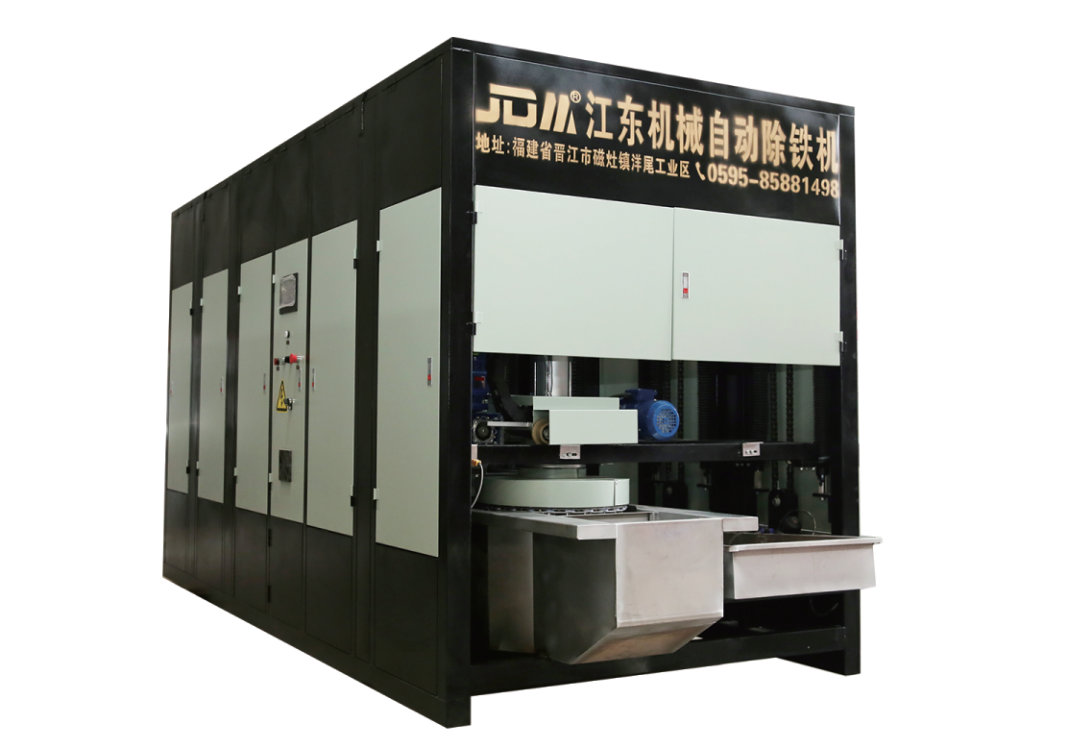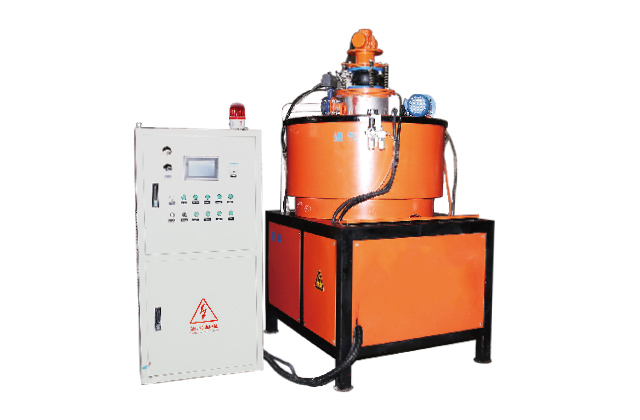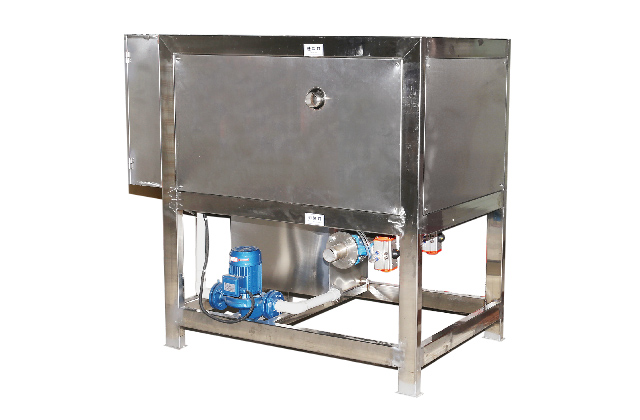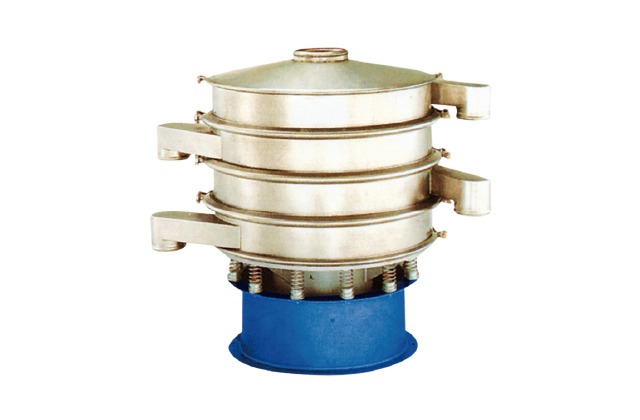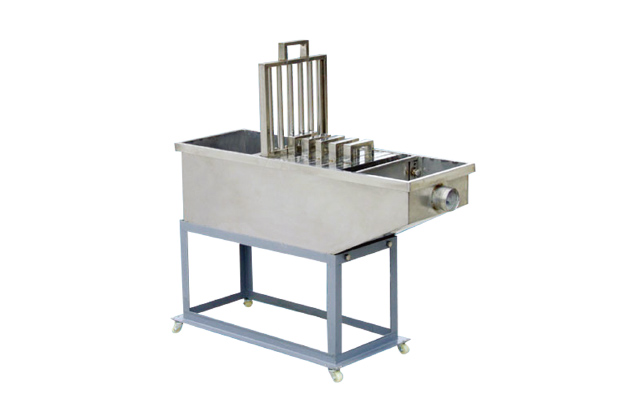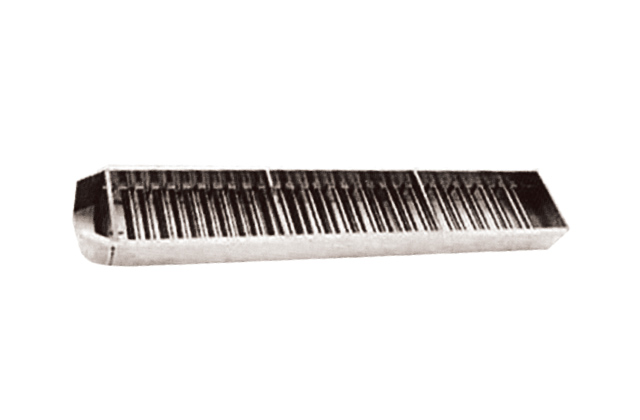September 23, 2025
How to Separate Sand and Iron: A Comprehensive Guide
Introduction to Separating Sand and Iron
Separating sand and iron is a common task in various industries, including construction, mining, and recycling. While it may seem straightforward, the process requires careful planning and the right techniques to achieve optimal results. In this article, we will explore the best methods for separating sand and iron, along with practical tips to ensure efficiency and safety.
Understanding the Basics
Before diving into the separation process, it’s essential to understand the properties of sand and iron. Sand is a granular material composed of finely divided rock and mineral particles, while iron is a metal known for its strength and magnetic properties. The key difference between the two is that iron is magnetic, which can be leveraged to simplify the separation process.
Why Magnetic Separation?
Magnetic separation is one of the most effective methods for separating sand and iron. This technique relies on the magnetic properties of iron to attract and separate it from non-magnetic materials like sand. Magnetic separators are widely used in industrial settings due to their efficiency and ease of use.
Step-by-Step Process for Separating Sand and Iron
Let’s break down the process into simple, manageable steps:
Step 1: Prepare the Material
Before starting the separation process, ensure that the sand and iron mixture is dry. Moisture can interfere with the magnetic separation process, reducing its effectiveness. If the material is damp, you can spread it out in a well-ventilated area or use a dryer to remove excess moisture.
Step 2: Use a Magnetic Separator
The next step is to use a magnetic separator to attract the iron particles. There are several types of magnetic separators available, including drum separators, overhead magnets, and conveyor belt separators. Choose the one that best suits your needs based on the size of your operation and the quantity of material you’re working with.
Here’s how to use a basic magnetic separator:
- Place the sand and iron mixture on a conveyor belt or feeding tray.
- Allow the magnetic separator to attract the iron particles.
- Collect the separated iron and sand into different containers.
Step 3: Refine the Sand
After separating the iron, you may need to refine the sand to remove any remaining impurities. This can be done using a series of sieves or through a washing process. Sieving is particularly effective for removing smaller particles, while washing helps eliminate any residual dust or debris.
Step 4: Dispose of Waste Responsibly
Finally, dispose of the separated iron and any waste materials responsibly. Iron can be recycled or sold to metal scrapyards, while sand can be reused for construction or landscaping projects.
Common Challenges and Solutions
Like any industrial process, separating sand and iron comes with its own set of challenges. Here are some common issues and how to address them:
Challenge 1: Inefficient Separation
If the magnetic separator isn’t working as expected, it could be due to improper calibration or insufficient magnetic strength. Adjust the separator’s settings and ensure it’s suitable for the size and quantity of your material.
Challenge 2: Contamination
Sometimes, the sand may still contain traces of iron after separation. To prevent this, repeat the magnetic separation process or use additional filtering methods to ensure the sand is completely free of iron particles.
Challenge 3: Maintenance
Regular maintenance is crucial to ensure the longevity of your magnetic separator. Clean the separator regularly and replace worn-out parts to maintain its efficiency.
Tools and Equipment Needed
To successfully separate sand and iron, you’ll need the following tools and equipment:
- Magnetic separator
- Conveyor belt or feeding tray
- Sieves
- Washing equipment (optional)
- Dryer (optional)
Safety Tips
Working with industrial equipment requires attention to safety. Here are some tips to keep in mind:
- Wear protective gear, including gloves, safety glasses, and a dust mask.
- Ensure the magnetic separator is properly grounded to avoid electrical hazards.
- Keep loose clothing and long hair tied back to prevent accidents.
Conclusion
Separating sand and iron is a straightforward process that can be achieved with the right tools and techniques. By following the steps outlined in this guide, you can efficiently separate these materials and ensure optimal results. Remember to maintain your equipment regularly and follow safety guidelines to avoid potential hazards. Whether you’re working in a large industrial setting or a small-scale operation, magnetic separation is an effective and reliable method for separating sand and iron.

